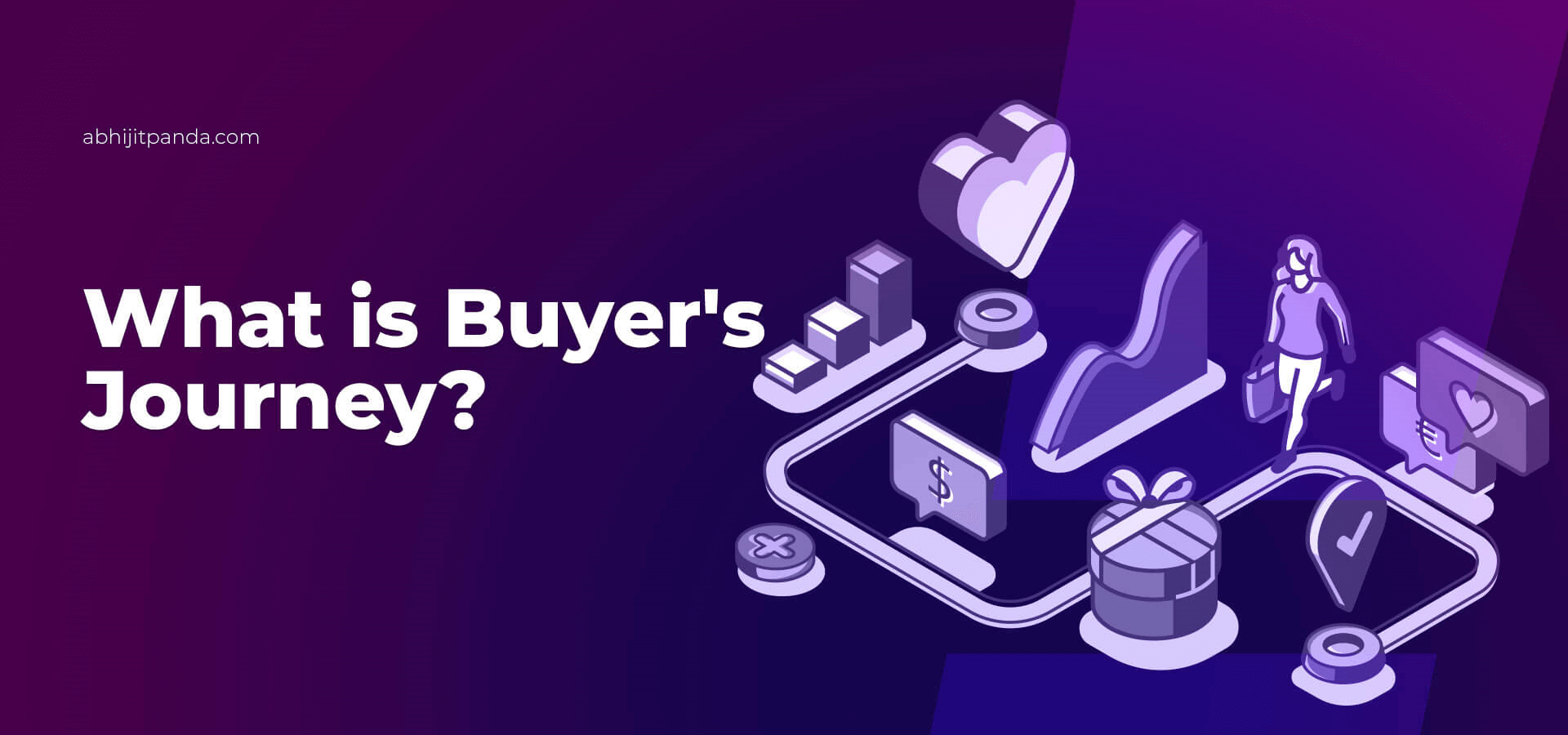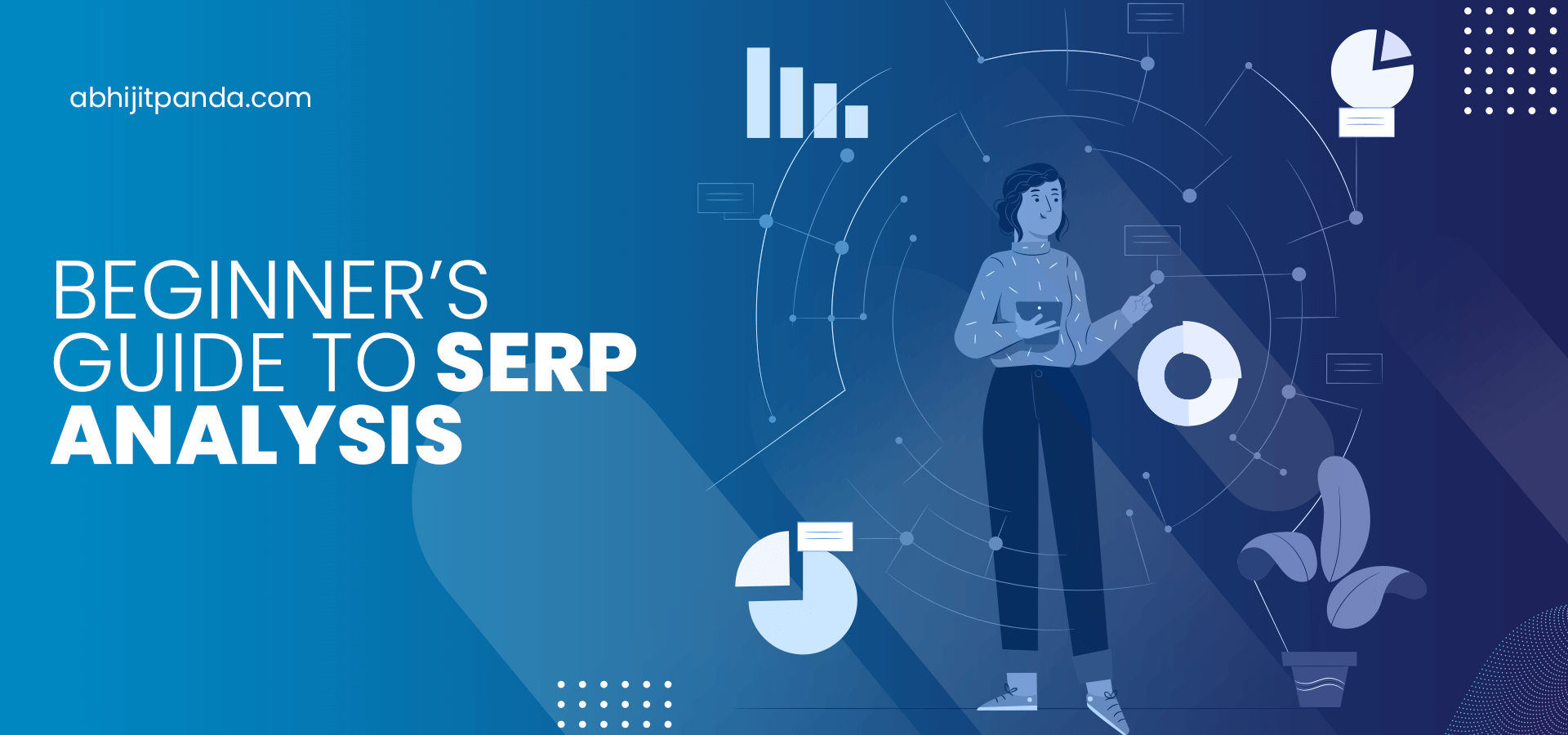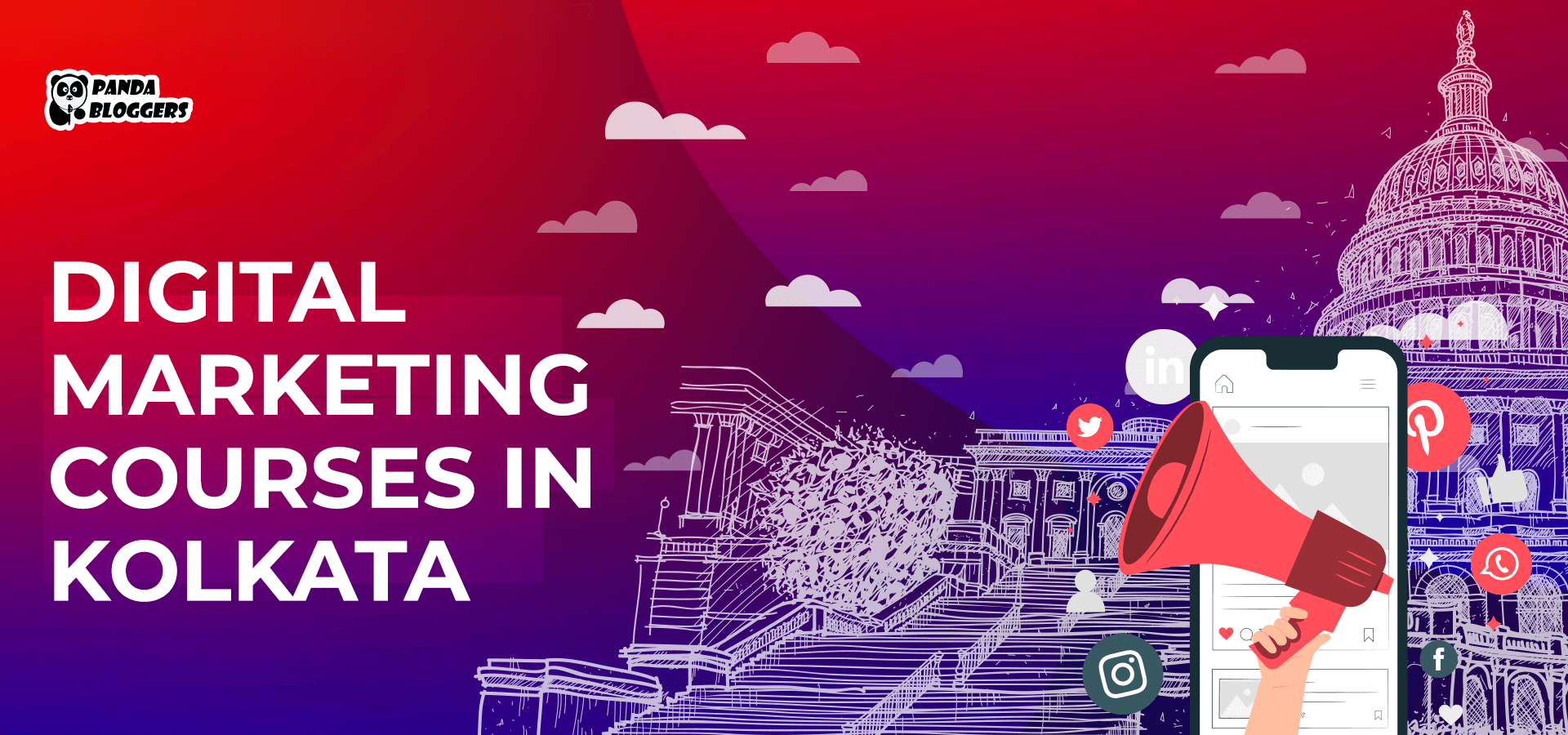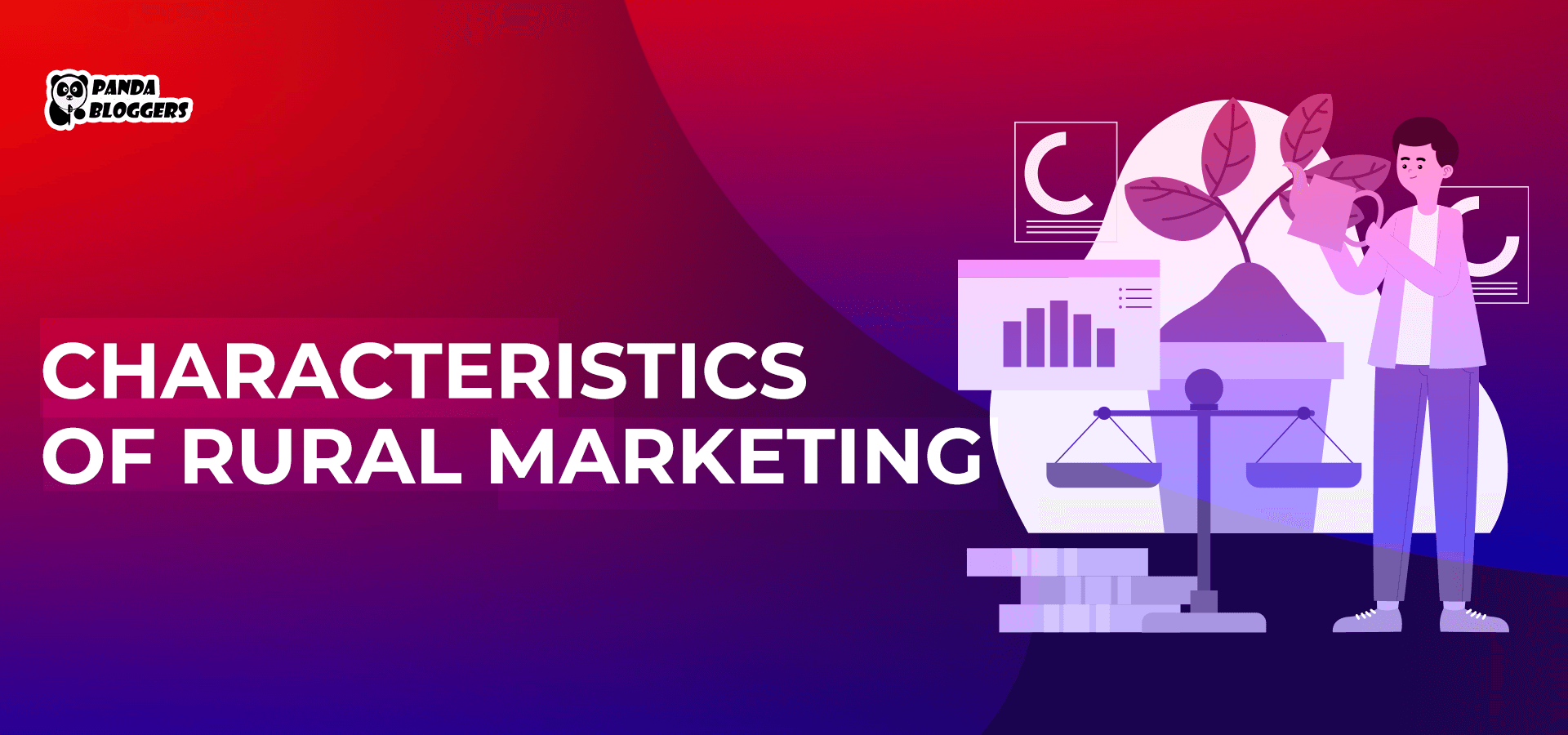 What is SaaS Buyer Journey?
What is SaaS Buyer Journey?
The term “buyer journey” refers to the process through which a prospective customer makes the decision to purchase a product or service. The buyers differ from each other in several aspects. They make similar journeys to make the purchase decision. For instance, business-to-business (B2B) buyers are different from business-to-consumer (B2C) buyers. But a B2B SaaS buyer journey is identical to a B2C buyer’s journey.
According to the latest lead nurturing statistics and trends posted on Invespcro.com,
“80% of new leads never translate into sales and companies that excel at lead nurturing generate 50% more sales ready leads at a 33% lower cost. More than 35% of B2B marketers surveyed have established a lead nurturing strategy.”
You can nurture the leads effectively and generate more sales-ready leads regularly by engaging with prospective customers throughout their buyer’s journey.
The marketers believe that B2B SaaS buyers make purchase decisions through a clear and well-defined process. They influence the buyer’s purchase decision by sending targeted and personalized content through various channels of communication. They further align content to one of the three important buyer’s journey stages – awareness, consideration, and decision stage.
Understanding 3 Important Stages in the B2B SaaS Buyer Journey
1. Awareness Stage
A buyer’s journey starts when he wants to fulfill a specific need, resolve a specific problem, or address a specific challenge. Instead of considering a particular product or service, they decide to prioritize the requirement, challenge, or goal at the awareness stage. The buyers collect information from diverse sources at the awareness stage to know the options available to meet the need or resolve the problem.
You can understand the awareness stage in a buyer’s journey by asking a slew of questions yourself:
- How does the buyer describe the specific need, challenge, or goal?
- How does the buyer find options to address the challenge or accomplish the goal?
- What does the buyer consider while prioritizing the requirements, goals, or solutions?
- Will the buyer’s inaction result in adverse consequences?
- Is the buyer’s decision to accomplish the goal or address the challenge being influenced by prejudices or misconceptions?
You can engage with the buyer at the awareness stage of the journey by sending content that helps to find options and solutions. Often marketers engage with leads at the initial customer buying journey stage by sending informative content like articles, blog posts, infographics, explainer videos, slide-shares, eBooks, whitepapers, and industry reports. The content influences the buyer’s purchase decision by making her aware of various solutions and options.
2. Consideration Stage
After defining the goal or challenge during the awareness stage, customers explore ways to address the challenge or accomplish the goal during the awareness stage in the buyer’s journey. The customer collects information about the solutions or options from various sources. Also, she compares various options with each other and evaluates the pros and cons of each solution.
You must ask the relevant questions yourself to understand the consideration stage in a buyer’s journey:
- What type of solutions or options the buyer is collecting the information?
- What are the sources from which the buyer is collecting information about the specific type of solution?
- And, What criteria or parameters does the buyer use while comparing different solutions?
- What approach does the buyer adopt to evaluate the pros and cons of individual solutions?
You can engage with the buyers effectively during the consideration stage by sending content that helps them to compare various solutions and evaluate the pros and cons of every solution. Experienced marketers engage buyers during the second stage in the customer buying journey by sharing case studies, comparison guides, and free samples. The content helps the buyer to compare various solutions as well as provide information to accomplish a specific goal or solve a specific problem.
3. Decision Stage
The buyer makes the purchase decision during the third stage of the buyer’s journey. After comparing and analyzing various solutions during the consideration phase, she decides the best solution for the problem or issue. Also, she decides the product or service that is best suited to accomplish the objective before placing an order.
You can understand the decision stage in the buyer’s journey by asking yourself some important questions.
- What parameters or criteria does the buyer use to evaluate the available products or services?
- What does the buyer like the most about your product/service? Why does the buyer prefer the competitor’s products/services to yours?
- Who is making the purchase decision? What are the major differences between the perspectives of individual decision-makers?
- Does the buyer want to trail or evaluate your product/service before placing an order?
- Does the buyer need post-sales or support to implement the solution efficiently or utilize the solution optimally?
During the final stage in the customer buying journey, you must engage with her to influence her purchase decision and beat completion. The marketers engage with the buyer during the decision stage by sending content that convinces her to opt for their product or service. They influence the purchase decision of the buyer by sending a variety of content – case studies, testimonials, documented success stories, products/vendor comparing documents. Also, the marketers seduce the buyer by offering live demonstrations, free consultations, and free product trials.
The B2B buyers move from one stage in the customer buying journey to another before placing an order. Businesses can influence the purchase decision of the buyer by sending highly personalized and targeted content at each stage in the B2B SaaS buyer journey. However, the buyers should receive the targeted content through the most appropriate communication channel throughout the buyer’s journey stages.
This blog was republished in April 2024.









Leave a Reply